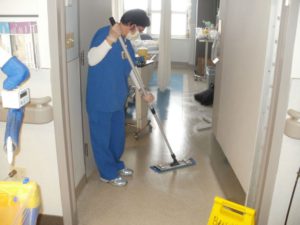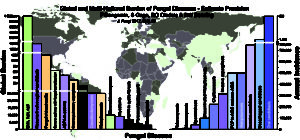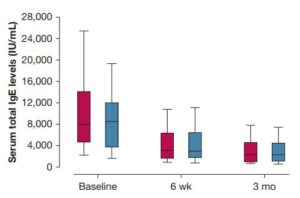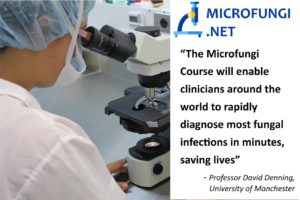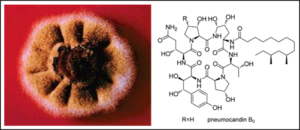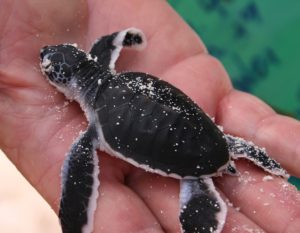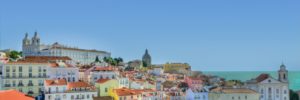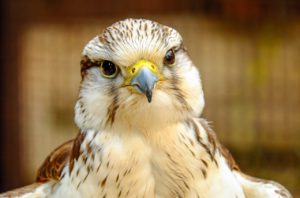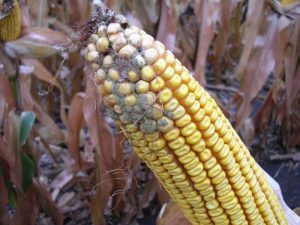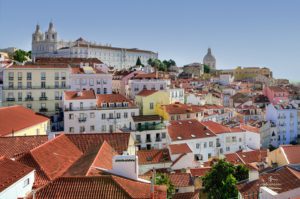Submitted by BethBradshaw on 19 January 2018
β-1,3-D-glucan serological testing is a mainstay of invasive fungal infection diagnosis. Measuring sugars shed from the fungal cell wall into the blood, the test is relatively quick, cheap and non-invasive, and is available in parts of the world where CT scanners and modern molecular diagnostics are not.
The key ingredient of the test is the blood of the Atlantic horseshoe crab, Limulus polyphemus, a ‘living fossil’ more closely related to trilobites than modern crabs. Their blood is bright blue because it is based on copper, rather than iron, which allows them to live in particularly poorly-oxygenated waters. It is exquisitely sensitive to the presence of infections, and clots rapidly to neutralise bacteria or fungi.
It was already known that it is the β-1,3-D-glucan in the serum of patients with an invasive Candida infection that activates the ‘factor G’ in the coagulation pathway of the horseshoe crab blood. However, the exact component from Aspergillus has until now simply been given a placeholder name of the ‘G-positive substance’.
Dr Yuichiro Kurone and colleagues from Tokyo took the used broth (ASWS) from Aspergillus cultures grown in a flask and characterised the different types of sugars present – which included β-1,3-D-glucan. Treatment with an enzyme that specifically degrades β-1,3-D-glucan made the broth much less reactive, suggesting that the same fungal sugar is being detected from both Candida and Aspergillus. Interestingly, Aspergillus fumigatus and Aspergillus niger produced much more (100mg/L) β-1,3-D-glucan than the less-pathogenic species Aspergillus oryzae (42.5mg/L).
In the longer term it would be good to find a way of producing the kit ingredients in the lab, because harvesting the horseshoe crab blood is labour-intensive and there is debate over whether they are harmed by it. Each pint of blood is worth around $7,500!
Read the full paper: Kurone et al (2017) Preparation and biological characterization of Limulus factor G-activating substance of Aspergillus spp.
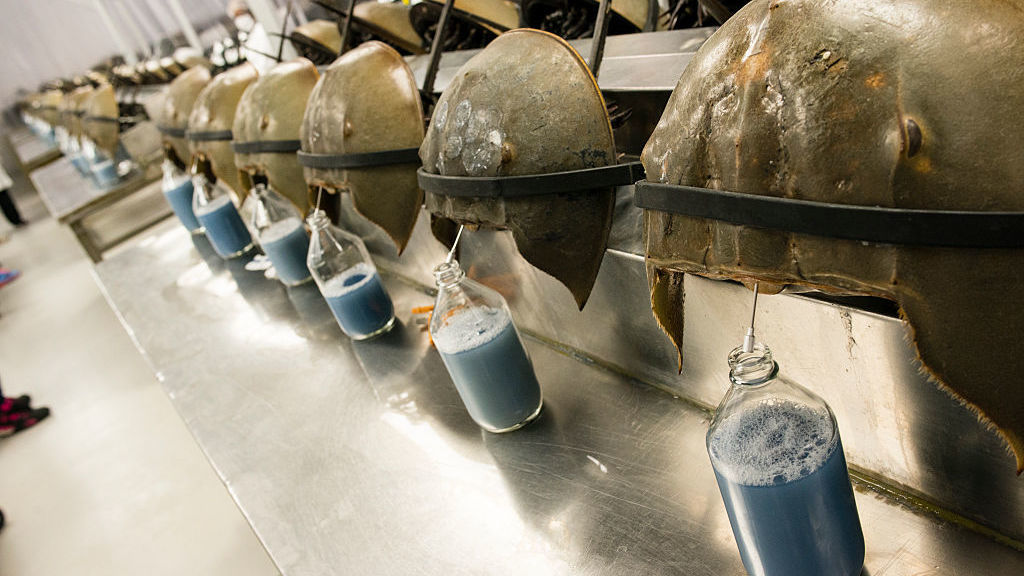
Watch a PBS video about horseshoe crab blood harvesting
Watch a TED-Ed animation about horseshoe crab blood harvesting
Watch a National Geographic video of the annual horseshoe crab ‘orgy’ in Delaware Bay
News archives
-
Title
Date

